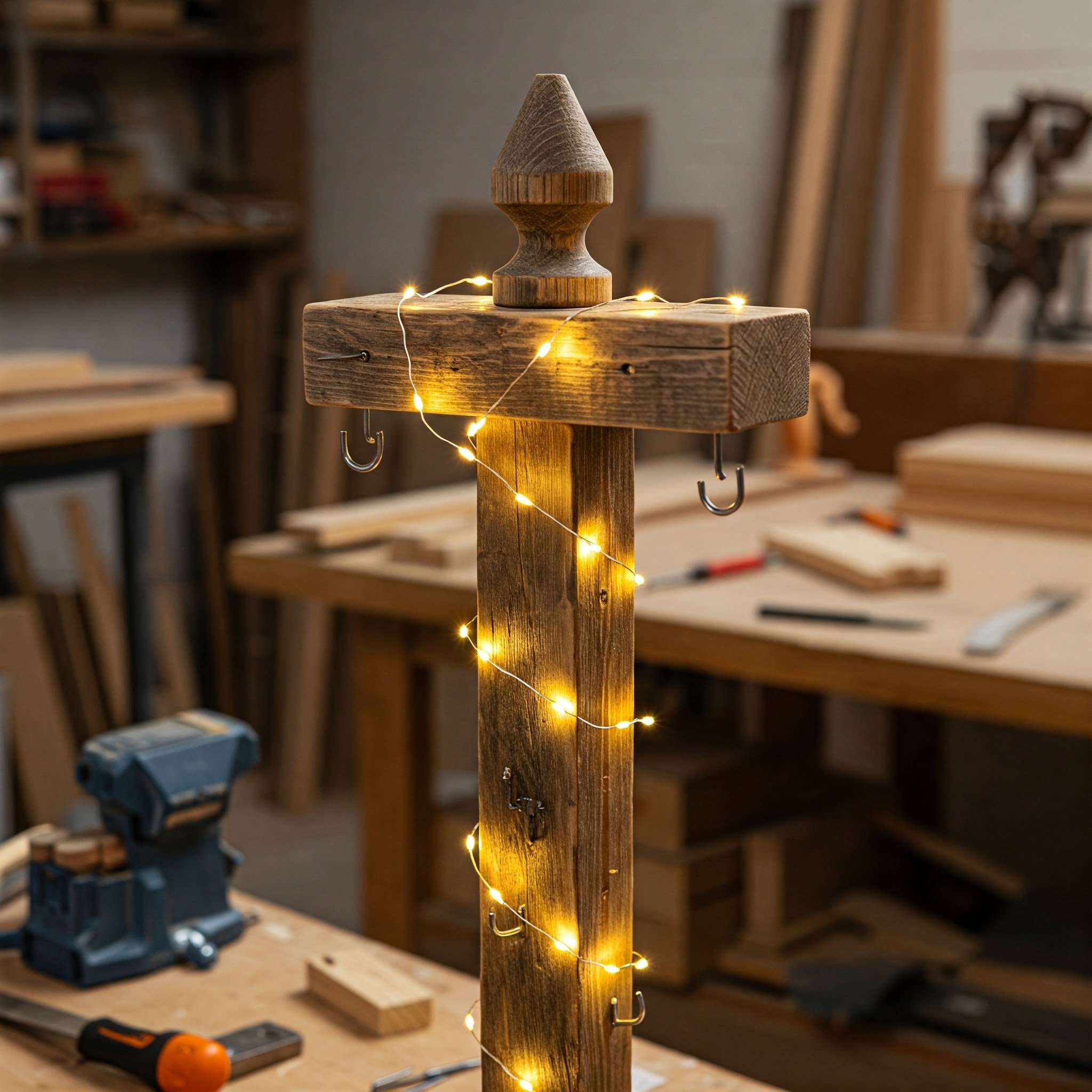How to Turn On Your Irrigation System Efficiently
Ready to keep your lawn lush and green? Learn how to turn on your irrigation system efficiently with this step-by-step guide, packed with tips for success.
Spring has sprung, and it’s time to bring your irrigation system back to life! Turning on your irrigation system may sound like a walk in the park, but let’s face it—doing it incorrectly can lead to leaks, pressure issues, or worse, costly repairs.
Fear not! In this guide, we’ll show you how to turn on your irrigation system efficiently without breaking a sweat. From prepping your system to ensuring everything runs smoothly, you’ll have your sprinklers working their magic in no time. So grab your wrench and let’s get this show on the road!
Why It’s Important to Turn On Your Irrigation System Efficiently
Before diving into the nitty-gritty, let’s chat about why efficiency matters:
Prevents Damage: Avoid over-pressurizing the system, which can lead to burst pipes.
Saves Water: Ensures no leaks or wasted water, keeping your utility bills in check.
Protects Plants: Delivers the right amount of water without over-soaking or under-watering.
Increases Longevity: Proper handling can extend the life of your irrigation system.
Maintaining your irrigation system is essential for efficiency, plant health, and long-term durability. Proper care not only prevents damage—avoiding over-pressurizing the system that could lead to burst pipes—but also saves water by ensuring there are no leaks or wasted flow, keeping your utility bills under control. For your garden, a well-maintained system protects plants by delivering just the right amount of water, preventing over-soaking or under-watering that can stress roots or harm growth. Additionally, regular checks and proper handling increase the longevity of your irrigation setup, saving you money on repairs or replacements. By following a few simple steps, you can keep your irrigation system running smoothly while preserving your plants and conserving resources.
Tools and Supplies You’ll Need
Before you roll up your sleeves, make sure you’ve got these essentials:
Screwdriver
Wrench or pliers
Timer (if not already installed)
Backflow preventer (if needed)
A buddy (optional but helpful for checking zones)
Equipping yourself with the right tools and resources is key to successfully maintaining or upgrading your irrigation system. A screwdriver and wrench or pliers are essential for adjusting fittings, tightening connections, or replacing small parts. If your system doesn’t already have one, a timer can be a game-changer for automated, precise watering. Installing a backflow preventer is another important step to protect your water supply from contamination. Having a buddy on hand is optional but highly beneficial—they can assist with tasks like checking zones or troubleshooting from different parts of the system while you make adjustments. With these tools and a little teamwork, you’ll be ready to keep your irrigation system in top-notch condition.
How to Turn On Your Irrigation System Efficiently: Step-by-Step Guide
Now, let’s dig into the good stuff—how to bring your irrigation system back to life like a pro.
Step 1: Inspect Your System
Before flipping the switch, give your system a once-over.
Check for Visible Damage: Look for cracks, leaks, or wear on pipes, sprinkler heads, and valves.
Remove Obstructions: Clear away debris, dirt, or leaves from sprinkler heads.
Inspect the Backflow Preventer: Ensure it’s clean and functioning properly.
Step 2: Open the Main Water Valve Slowly
Here’s the golden rule: go slow.
Find the main water valve for your irrigation system.
Turn it on gradually to avoid sudden pressure surges, which can damage pipes.
Listen for any unusual sounds—hissing or whistling could indicate a problem.
Step 3: Test Each Zone
Now it’s time to see those sprinklers in action!
Turn on each zone manually using the control panel or timer.
Check that every sprinkler head is spraying evenly.
Adjust any heads that are misaligned or spraying in the wrong direction.
Step 4: Look for Leaks
Leaks can be sneaky but costly.
Inspect the ground around pipes and sprinkler heads for soggy patches.
Tighten loose fittings and replace damaged parts immediately.
Step 5: Set Your Timer
Automation is your best friend when it comes to efficient watering.
Program the timer based on your lawn’s needs.
Water early in the morning or late in the evening to minimize evaporation.
Step 6: Fine-Tune the System
Don’t stop there—get everything just right.
Adjust water pressure as needed (usually between 30-50 PSI).
Use the system’s manual mode to tweak each zone’s run time.
Consider adding rain sensors to pause watering during wet weather.
Getting your irrigation system ready for action is essential for maintaining a healthy and efficient lawn or garden. A step-by-step approach ensures that your system is free of issues and operating at its best. Start by inspecting your system, checking for visible damage, clearing debris, and ensuring the backflow preventer is clean. When opening the main water valve, go slow to avoid pressure surges that could harm pipes. Next, test each zone to ensure all sprinkler heads are spraying evenly and adjust misaligned heads. Be on the lookout for leaks, tightening fittings or replacing damaged parts as needed. Finally, set your timer for efficient watering and fine-tune the system, adjusting pressure and run times for optimal performance.
Tips for Turning On Your Irrigation System Efficiently
Here are some bonus tips to ensure everything runs like clockwork:
Start Early: Give yourself plenty of time in case you run into issues.
Work in Pairs: Having someone check sprinkler heads while you manage the controls can save time.
Keep It Clean: Regularly clean sprinkler heads to prevent clogging.
Have Spare Parts Handy: Keep extra fittings, heads, and tools nearby for quick fixes.
Preparing and maintaining your irrigation system doesn’t have to be a hassle if you approach it with the right mindset and tools. Starting early is key—giving yourself extra time ensures you can address any issues without rushing. Working in pairs is a smart strategy; one person can manage the controls while the other checks sprinkler heads for proper function, saving time and effort. Keeping it clean is another essential step—regularly cleaning sprinkler heads prevents clogs and ensures optimal performance. Finally, having spare parts handy, like extra fittings, heads, and tools, allows you to handle quick fixes on the spot. With these simple tips, you’ll keep your irrigation system running smoothly and your lawn looking lush and healthy.
Common Mistakes to Avoid
Even the best DIYers slip up sometimes. Here’s what to watch out for:
Opening the Valve Too Quickly: This can cause water hammer, which may damage pipes.
Ignoring Leaks: Even small leaks can lead to big water bills and potential system damage.
Skipping the Inspection: Overlooking damaged parts can result in uneven watering or system failure.
Properly maintaining your irrigation system is essential, but common mistakes can lead to costly repairs and inefficiencies. One major pitfall is opening the valve too quickly, which can cause water hammer—a sudden pressure surge that damages pipes and components. Ignoring leaks, even small ones, can result in significant water waste, increased utility bills, and long-term damage to your system. Additionally, skipping the inspection before turning on your system is a risky oversight. Damaged parts, like cracked pipes or clogged sprinkler heads, can cause uneven watering, leading to dry spots or overwatered areas in your lawn. Taking the time to address these issues early ensures your irrigation system operates smoothly, saving you time, money, and headaches in the long run.
Conclusion
And there you have it—a foolproof guide to how to turn on your irrigation system efficiently! By following these steps, you’ll keep your lawn lush, your water bills low, and your system running smoothly all season long.
Remember, a little preparation goes a long way. Inspect your system, fix any issues, and take your time turning on the water to avoid damaging your setup. With everything in tip-top shape, you can sit back, relax, and let your sprinklers do the hard work.
Now go ahead, give your lawn the love it deserves! Happy watering!
Frequently Asked Questions
1. How do I know if my irrigation system is working properly?
Check for even water distribution, no leaks, and proper pressure in all zones.
2. How often should I water my lawn?
Most lawns need about 1-1.5 inches of water per week, depending on the weather and soil type.
3. What should I do if a sprinkler head isn’t spraying correctly?
Clean the head, check for clogs, and realign it if necessary. Replace it if the issue persists.
4. Can I turn on my system without a backflow preventer?
While possible, it’s not recommended. A backflow preventer protects your water supply from contamination.
5. What’s the best time of day to water my lawn?
Early morning or late evening is ideal to reduce evaporation and maximize absorption.
































